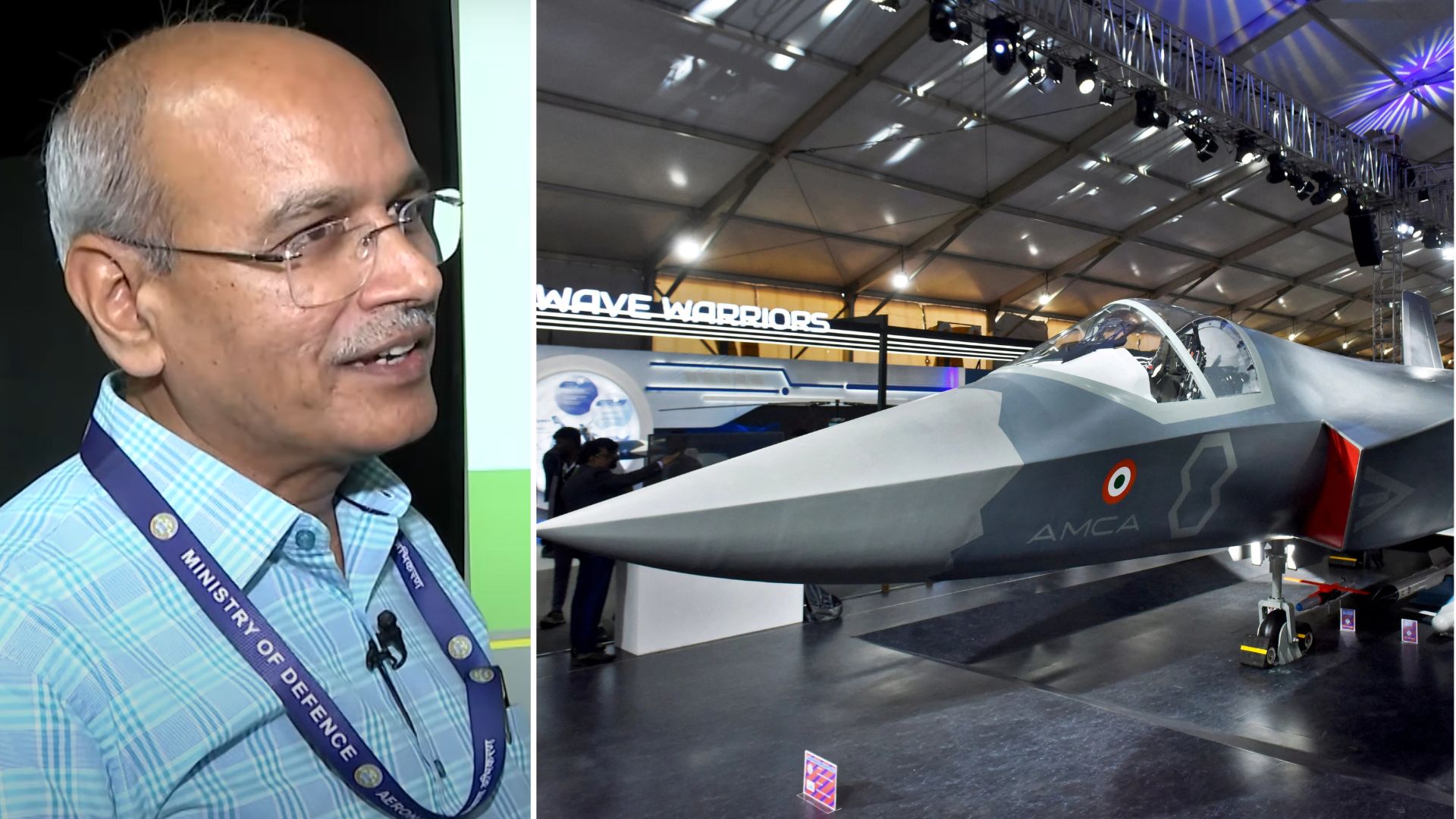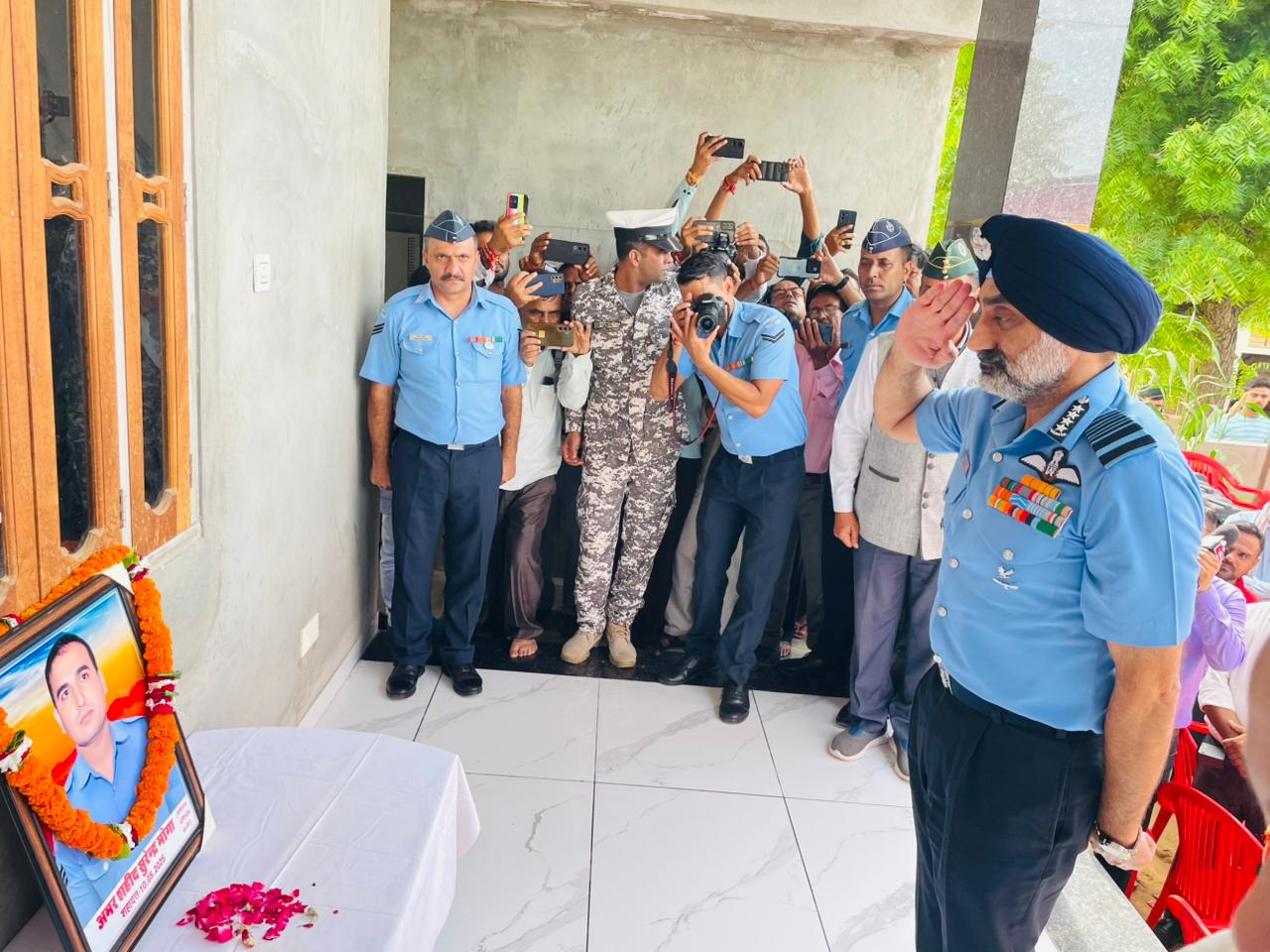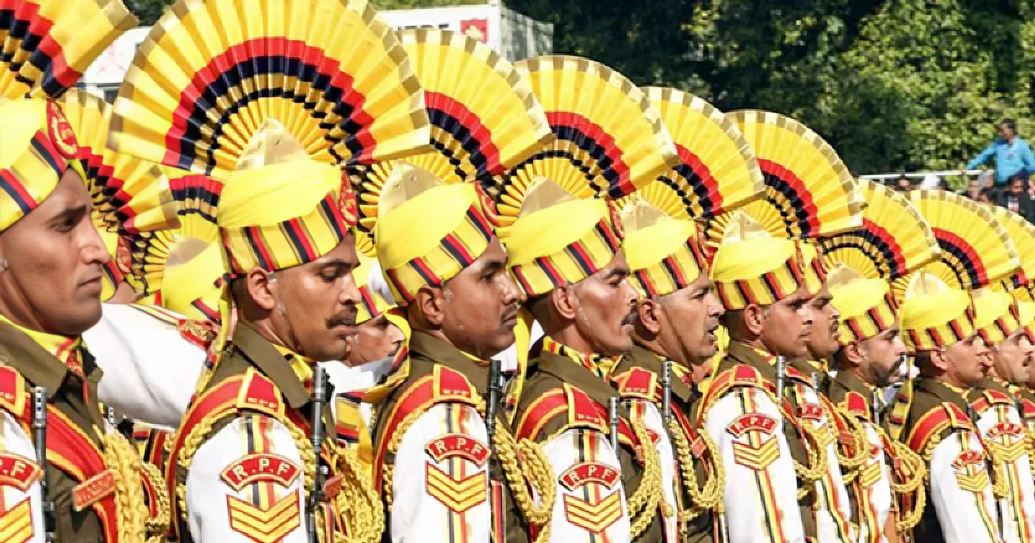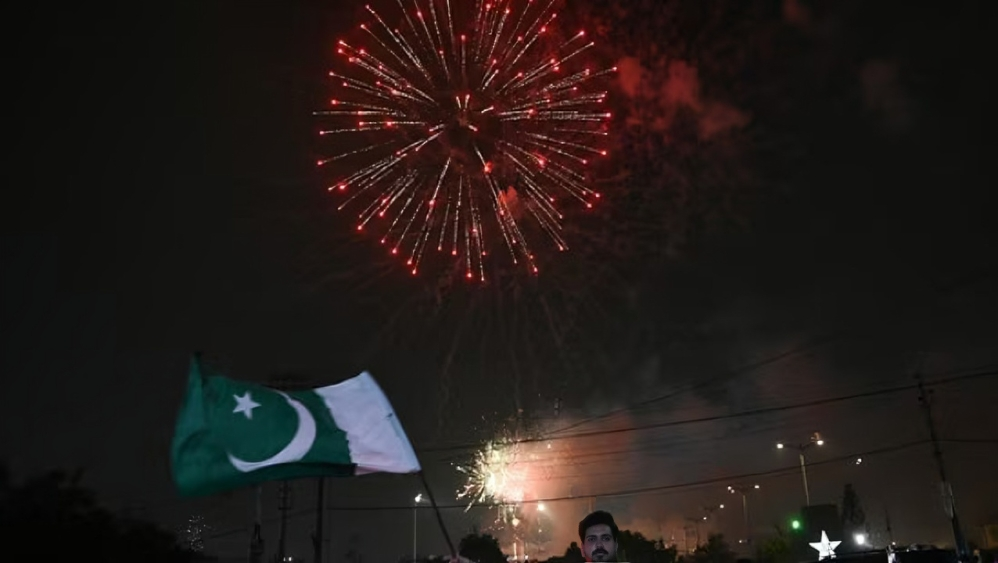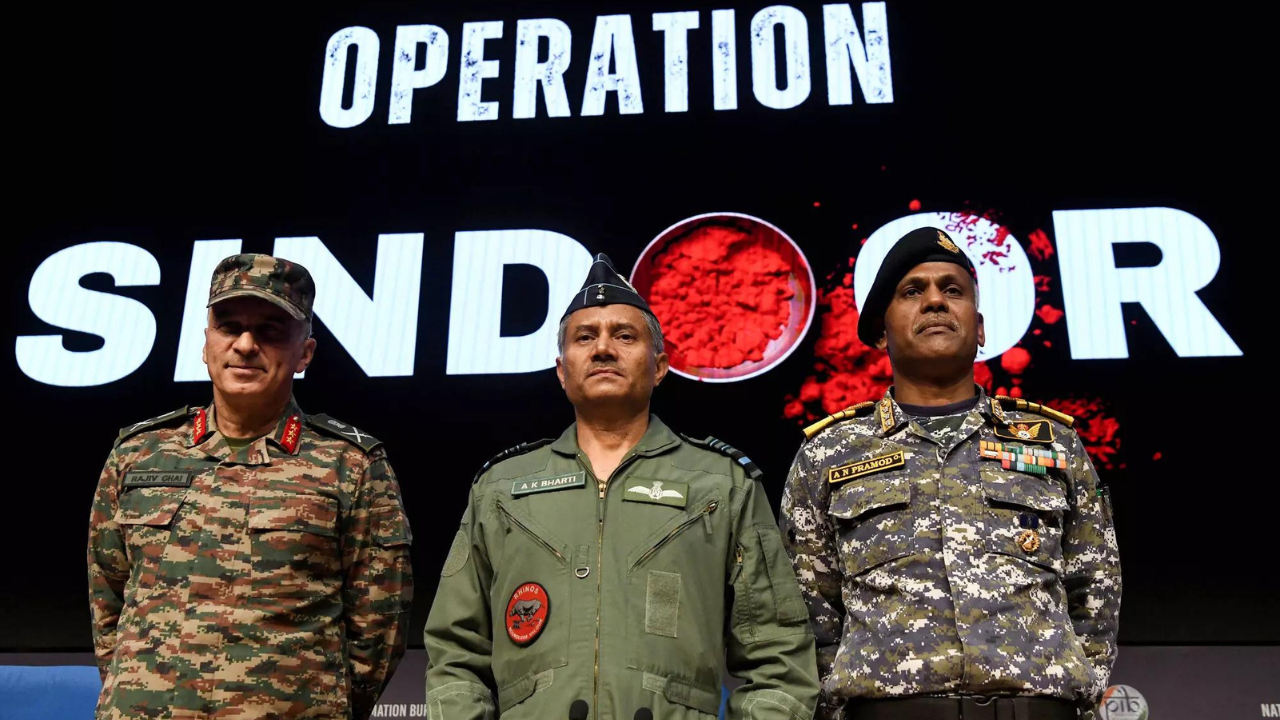AMCA Project Director Reveals Key Details of India’s 5th-Gen Stealth Fighter
India’s Advanced Medium Combat Aircraft (AMCA), the country’s indigenous fifth-generation fighter jet, has achieved a major milestone with its primary…
US Warns of Higher Tariffs on India if Trump-Putin Peace Talks Fail
The United States has warned of a potential increase in secondary tariffs on India if the upcoming peace talks between…
Air Force Chief Visits Family of Late Sergeant Surendra Kumar in Rajasthan’s Jhunjhunu
Air Chief Marshal A P Singh on Wednesday visited the family of late Sergeant Surendra Kumar in Jhunjhunu, Rajasthan, who…
1,090 Personnel Awarded Gallantry and Service Medals Ahead of Independence Day
The Ministry of Home Affairs has announced that 1,090 personnel from Police, Fire, Home Guard & Civil Defence (HG&CD), and…
Karachi Independence Day Celebrations Turn Deadly as Aerial Firing Kills Three, Injures 64
At least three people, including an eight-year-old girl and a senior citizen, were killed and 64 others injured in Karachi…
Gallantry Awards to Honour Operation Sindoor Heroes on Independence Day
Gallantry awards will be announced this Independence Day for defence personnel who displayed exceptional courage during Operation Sindoor, a senior…

